10 Gardening Jobs for April / Early May
Spring is the perfect time to get back into the garden and start preparing for the summer ahead. The days are getting longer, the weather is warming up, and there is plenty to do to get your outdoor space looking its best. Here are our tips on what to do in the garden in April/early May.
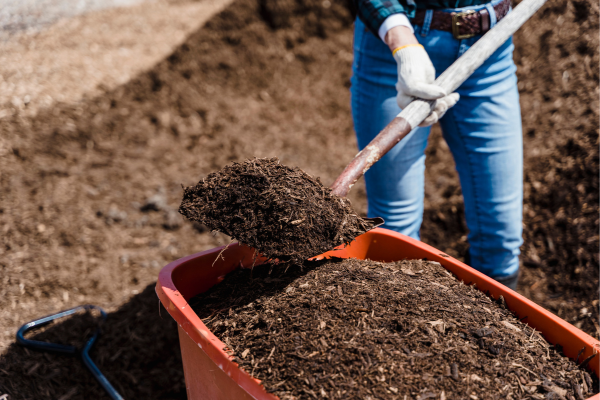
1. PREPARE THE SOIL
Spring is the perfect time to prepare your soil for planting. Remove any weeds and add compost or well-rotted manure to improve your soil’s fertility.
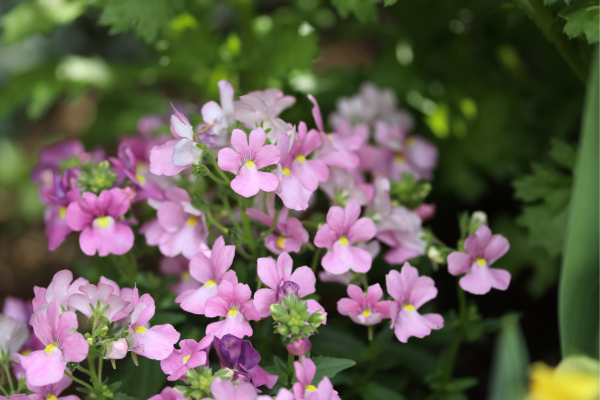
2. BUY BEDDING PLANTS
If you have a greenhouse, lean-to, or frost-free area, you can get ahead by buying small bedding plants in April and grow them in sheltered, frost-free conditions. You’ll need to take care with watering as too much at the early stages can cause the small plants to rot. The rule of thumb is not to plant out bedding plants until the risk of frost has passed.
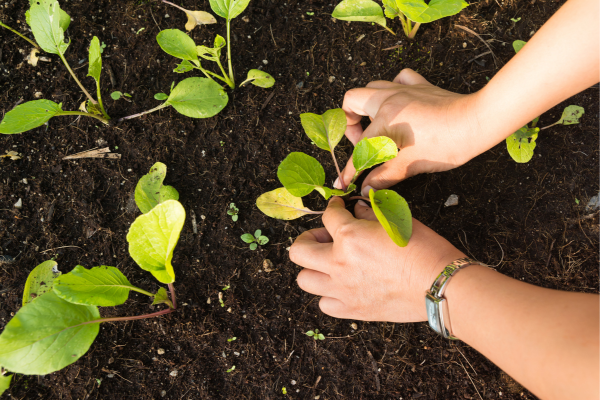
3. PLANT EARLY VEGETABLES
April is a good time to sow and plant hardier vegetables such as Broad beans, beetroot, carrots, Swiss chard, summer cauliflower, kohlrabi, lettuce, leeks, radish, turnip, spring peas, and perpetual spinach – all of which can be grown outside.
Tender vegetables need to be germinated and grown under glass, in a greenhouse or conservatory, and only planted out when the risk of frost has passed.
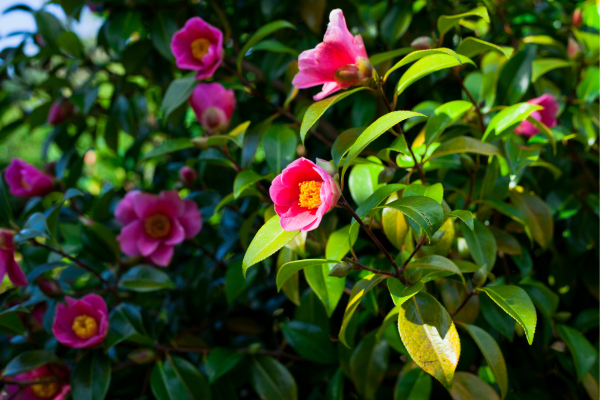
4. FEED SHRUBS AND TREES
Feed your garden shrubs and plants by sprinkling a general fertiliser around their base. If you have camellias, rhododendrons or magnolias, you’ll need a specialist ericaceous feed. With roses, a general, balanced feed is suitable until the roses develop flower buds later in the season. It’s also a good time to give roses a preventive spray against diseases.
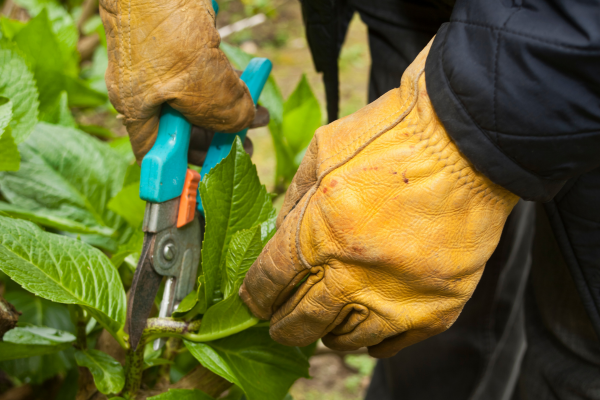
5. PRUNE YOUR HYDRANGEA
April is a suitable time to prune most hydrangeas except climbing hydrangea (hydrangea petiolaris). However, the pruning is dependent on each variety, therefore be sure to check out this handy guide or speak to a member of our plant team here at the Garden Centre.
If the Hydrangea is newly planted, just prune down to a bud until the plant is more established with plenty of growth.
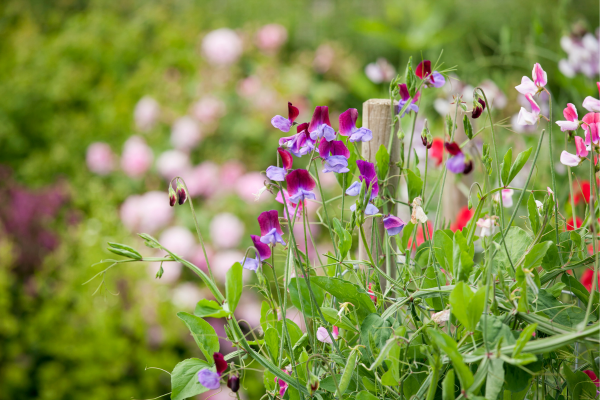
6. SOW SWEET PEAS
March and April are the best months to sow and plant out sweet peas. Sweet peas like moisture, so it’s best to plant them in an area that is not too dry as this can encourage mildew. Adding organic matter to the soil can improve moisture retention, and adding a mulch can also help retain moisture. Sweet peas need to be hardened off before planting outside.
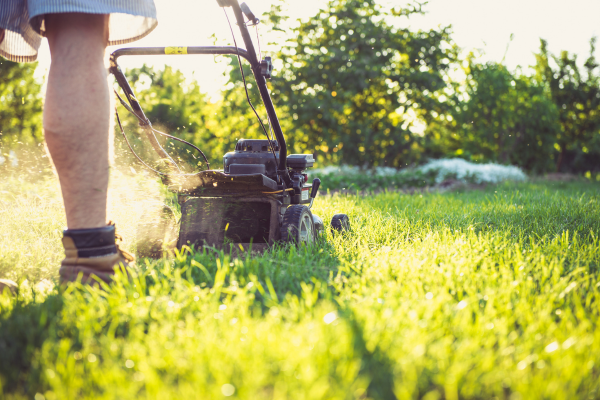
7. LAWN CARE
April is a crucial time for lawn care, setting the stage for a lush and healthy lawn throughout the rest of the year. It is important to begin by removing any debris or fallen leaves that have accumulated over the winter months, using a rake or a leaf blower. Next, it is recommended to aerate the lawn to promote healthy root growth and improve water absorption. Fertilising in April is also beneficial, as it provides necessary nutrients for the grass to thrive. Finally, regular mowing should be established to keep the grass healthy, starting on a high setting.
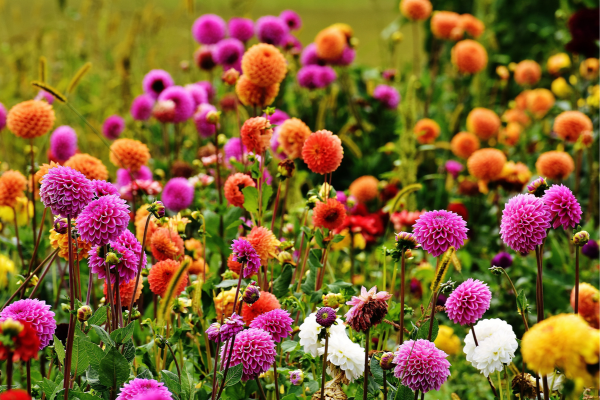
8. PLANT SUMMER BULBS
April is a great time to plant bulbs such as dahlias and gladioli. These will add a splash of colour to your garden later in the summer.
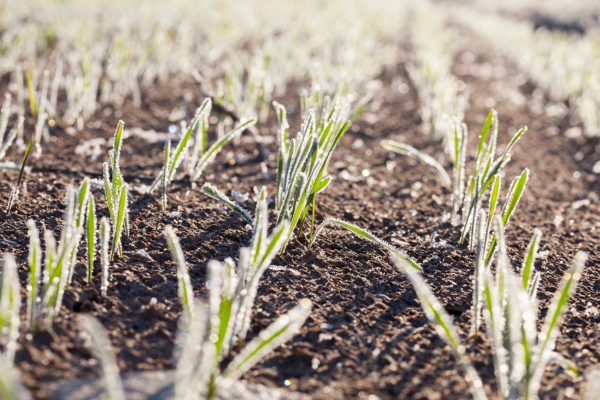
9. PROTECT YOUR PLANTS FROM FROST
April is a month of unpredictable weather, ranging from heatwaves to ground frosts and sleet! If you’re looking to plant tender vegetables or bedding plants, it’s best to cover them with cloches or horticultural fleece until the frost or cold weather has passed. Be sure to keep an eye on the weather forecast!
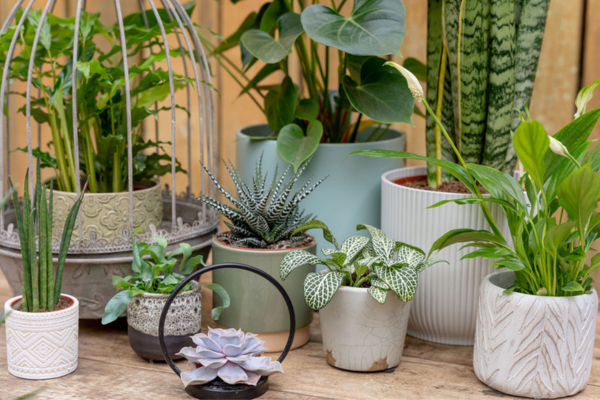
10. give your houseplants some TLC
Spring is the perfect time to repot and start feeding indoor plants. Repotting your plants will allow your plant to soak up all the nutrients from the new soil and spread out in their bigger pots just in time to look fabulous for summer.
It is also time to crack open the plant food and give your houseplants a well-deserved boost. After their winter dormancy, houseplants will start responding to increased light levels and length of day; this will stimulate them to grow. Growing takes a lot of energy so to remain healthy they need food. We have a range of different houseplant feeds here at the Garden Centre, ask a member of our team for further details.
